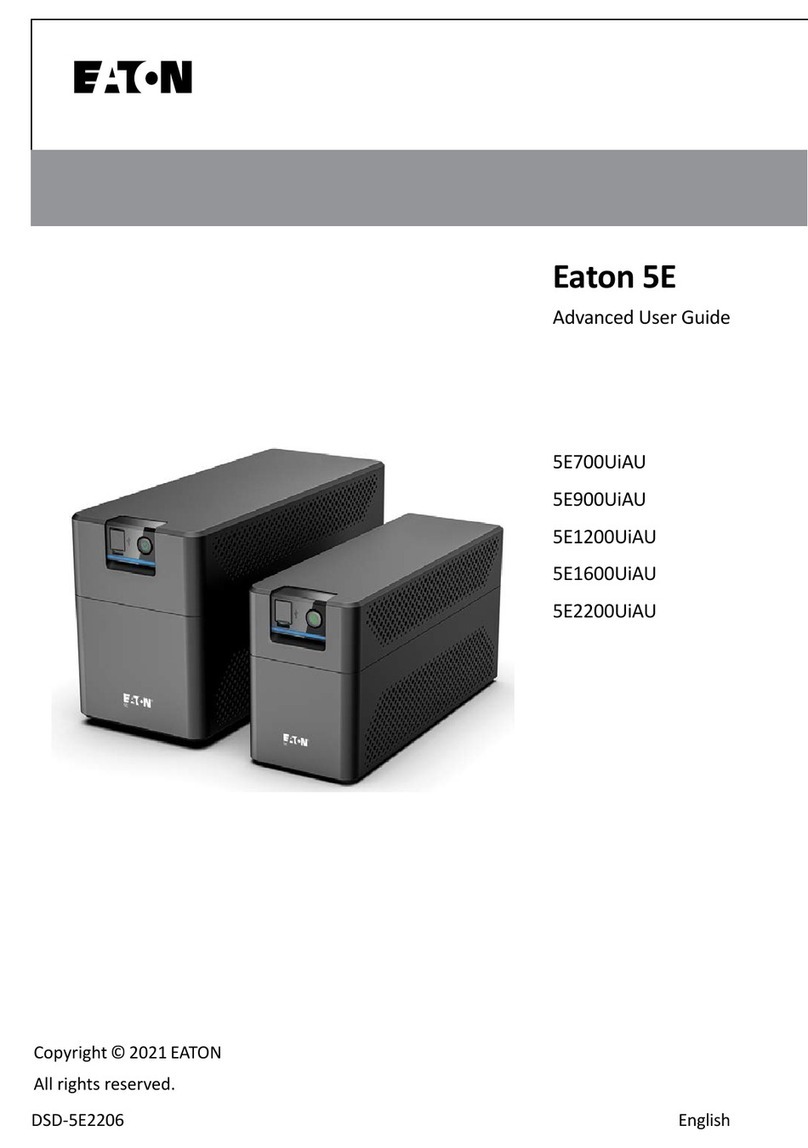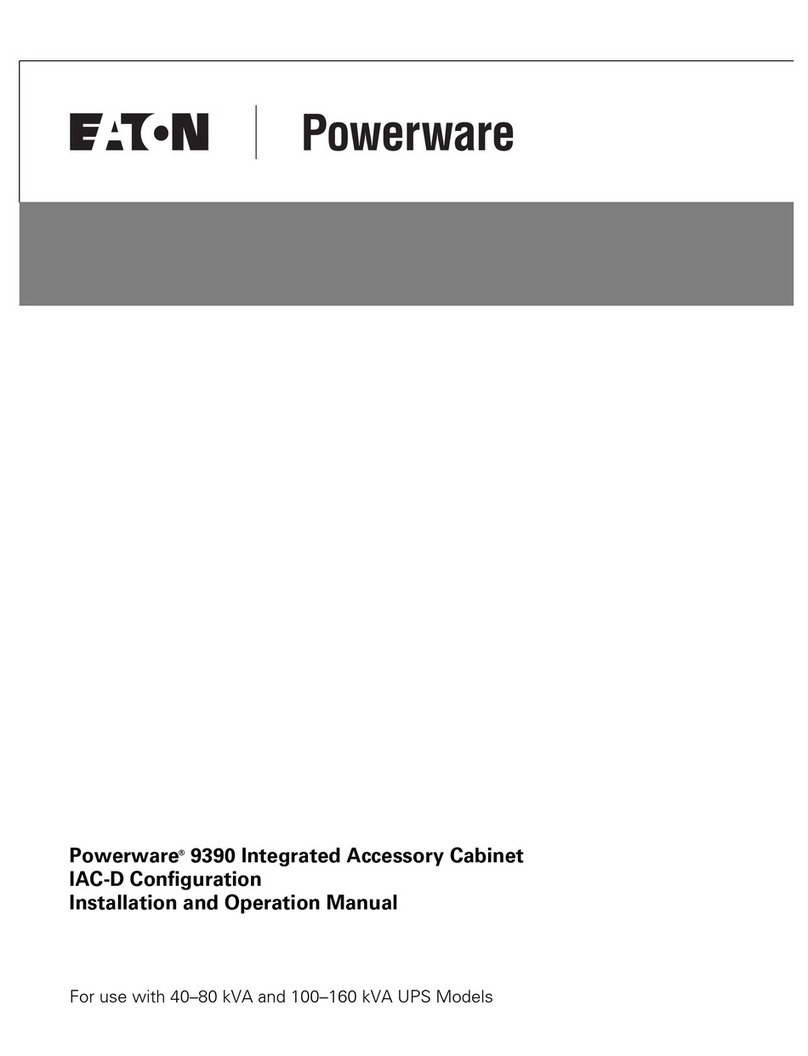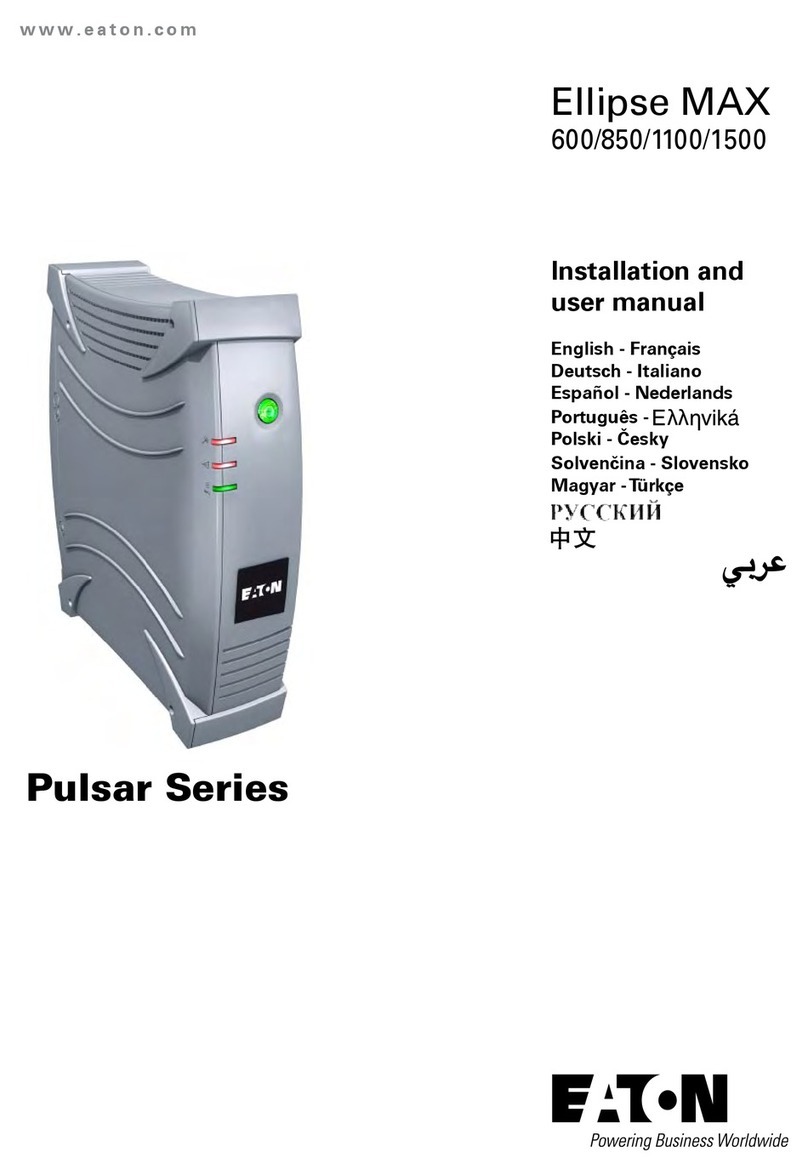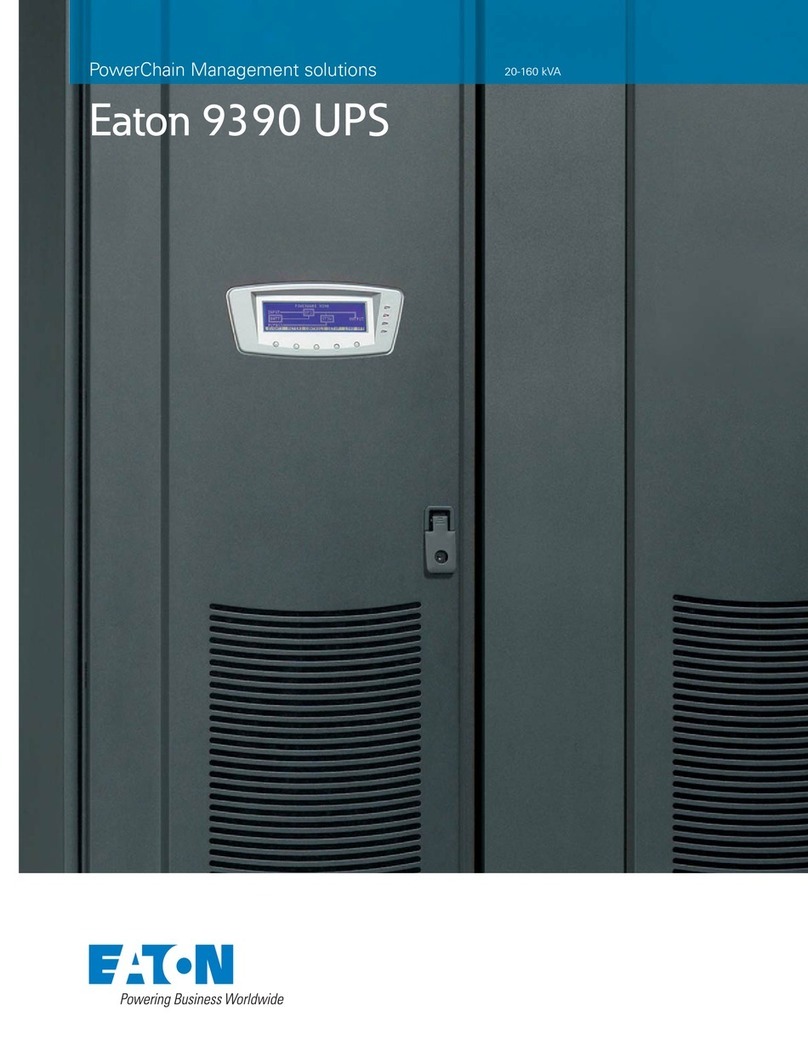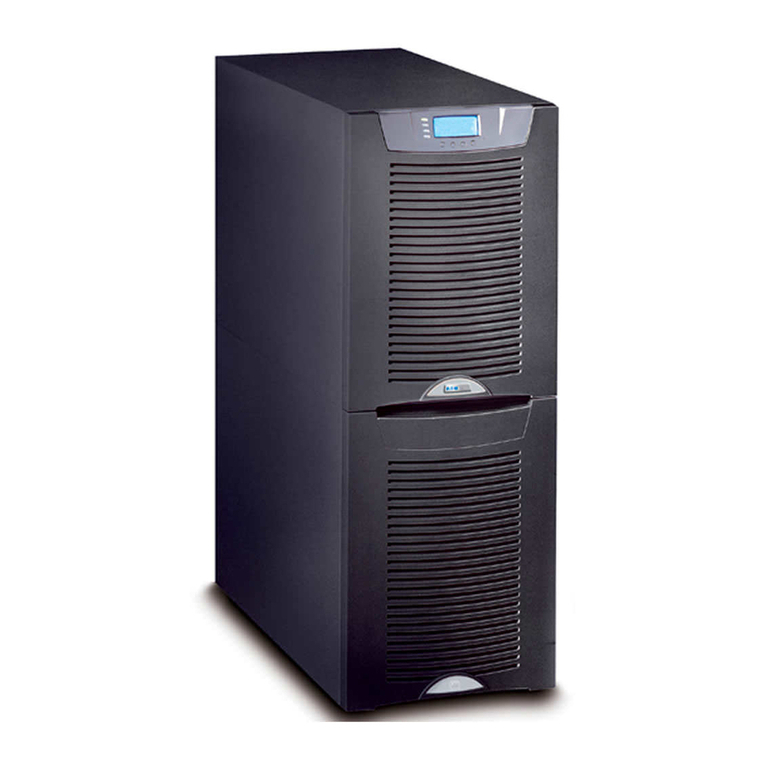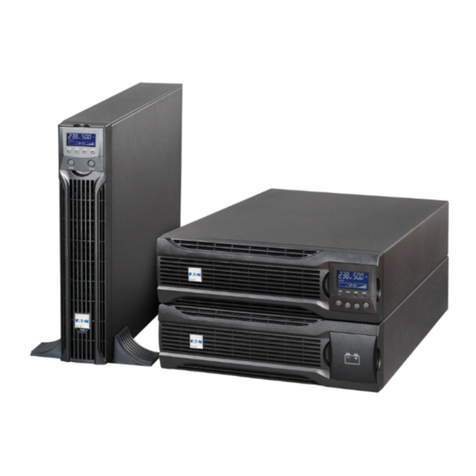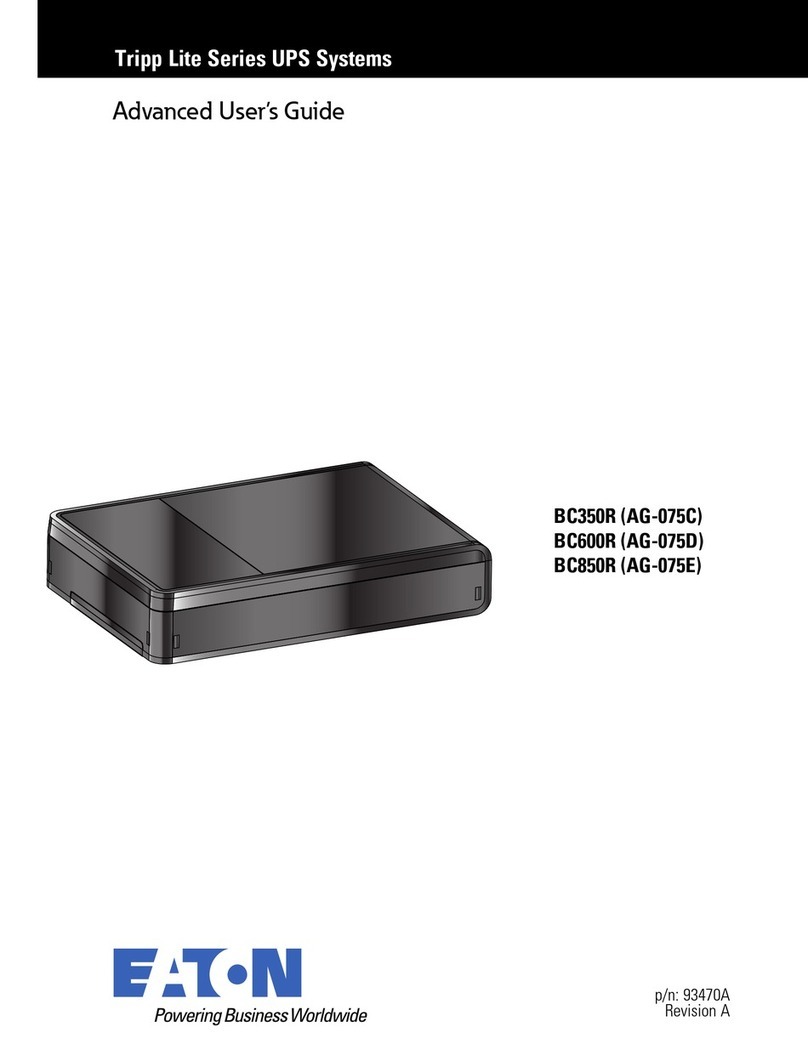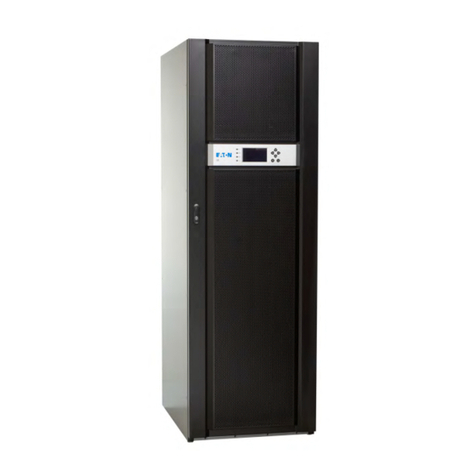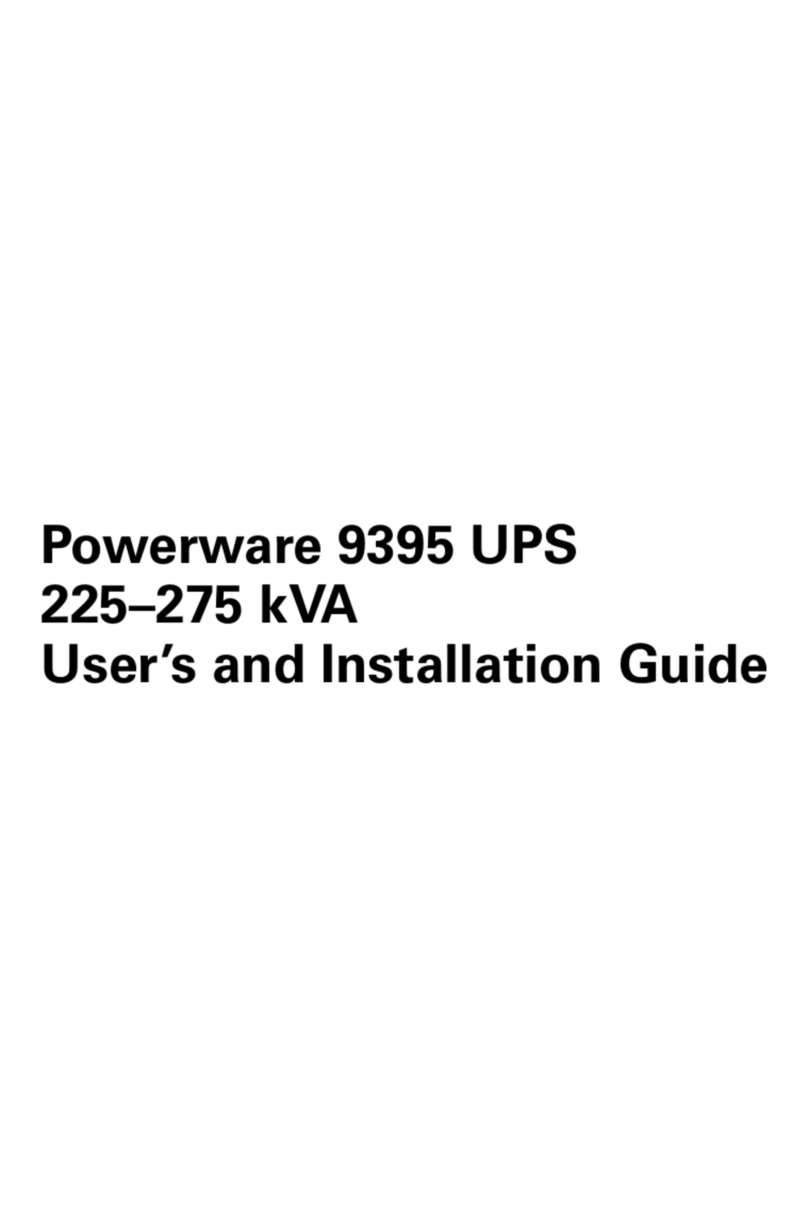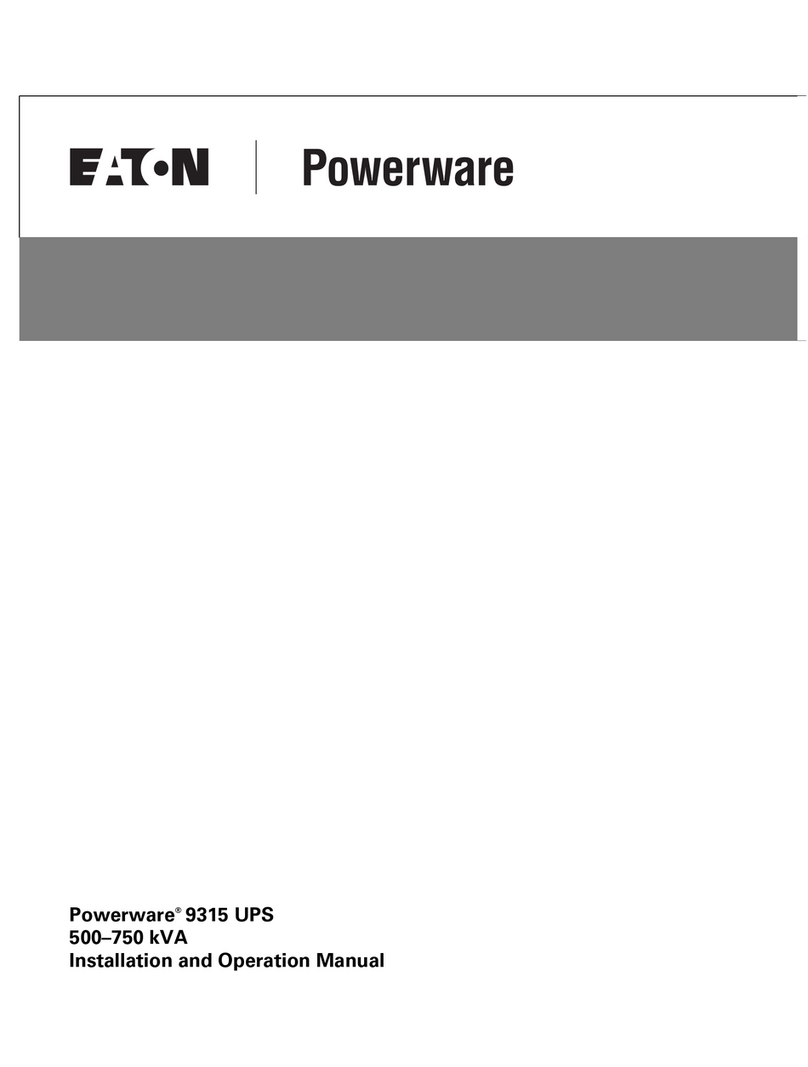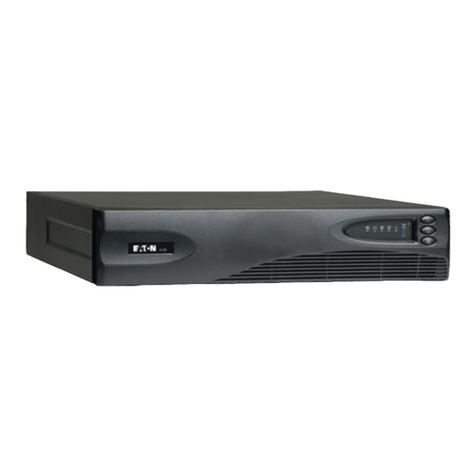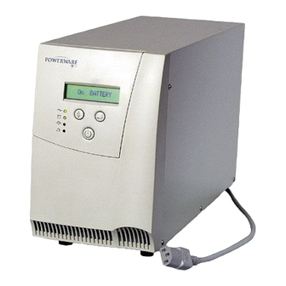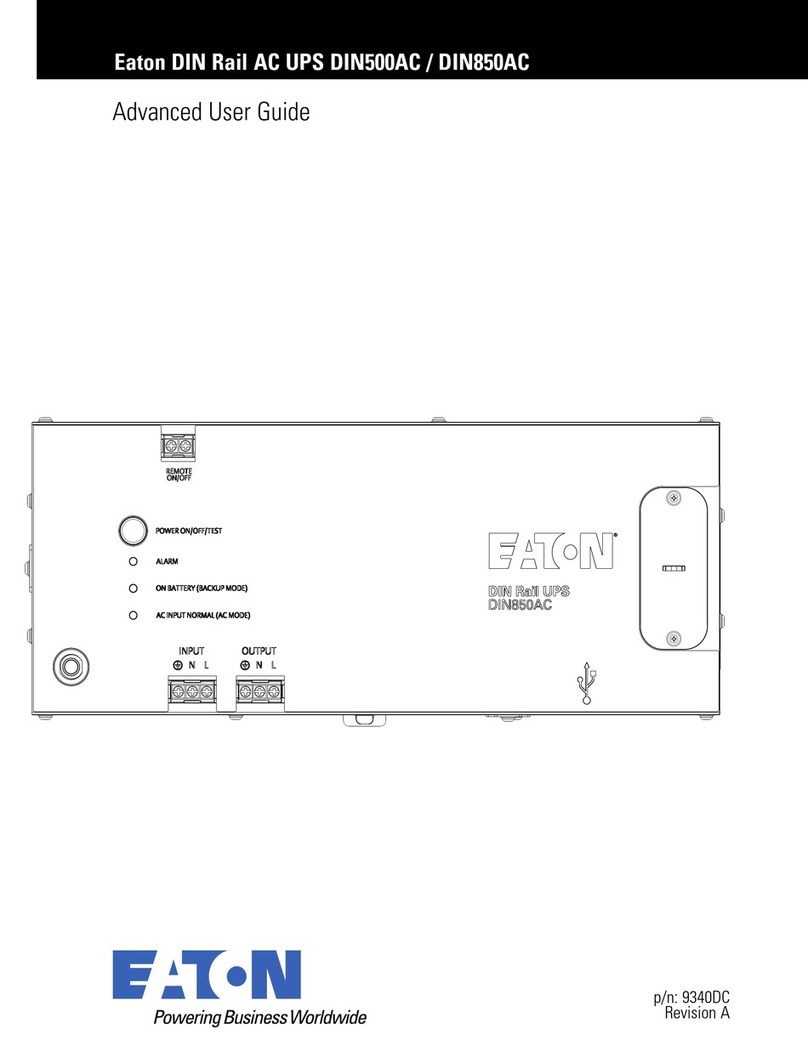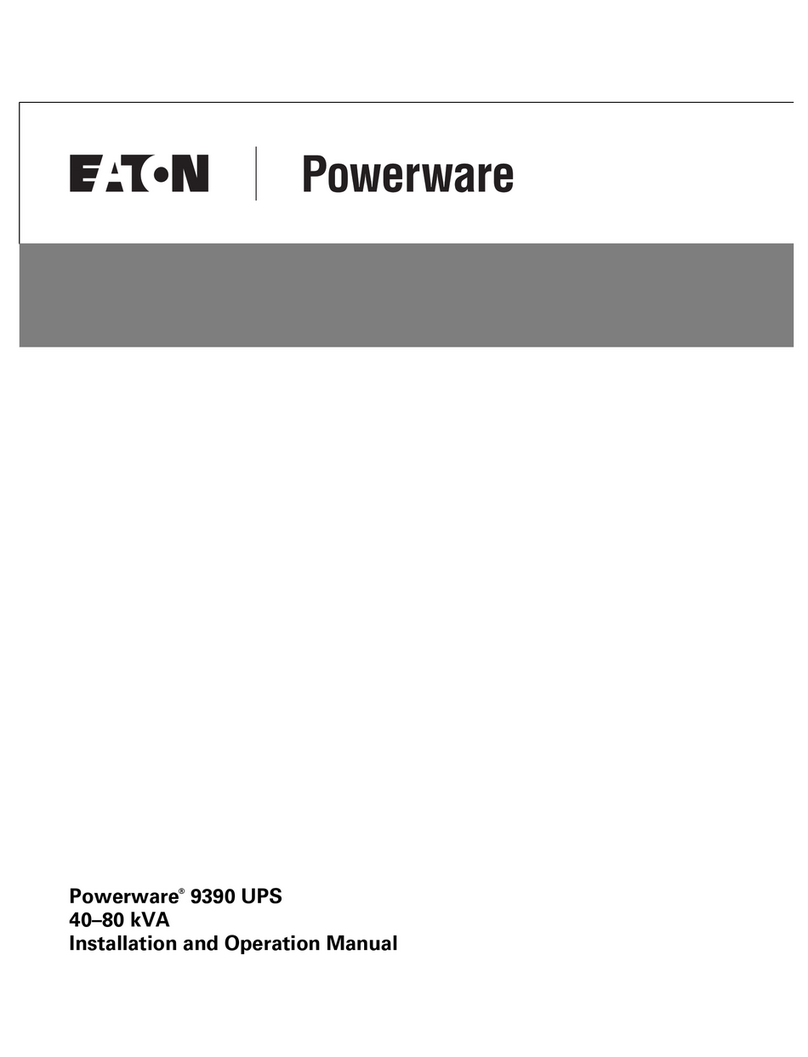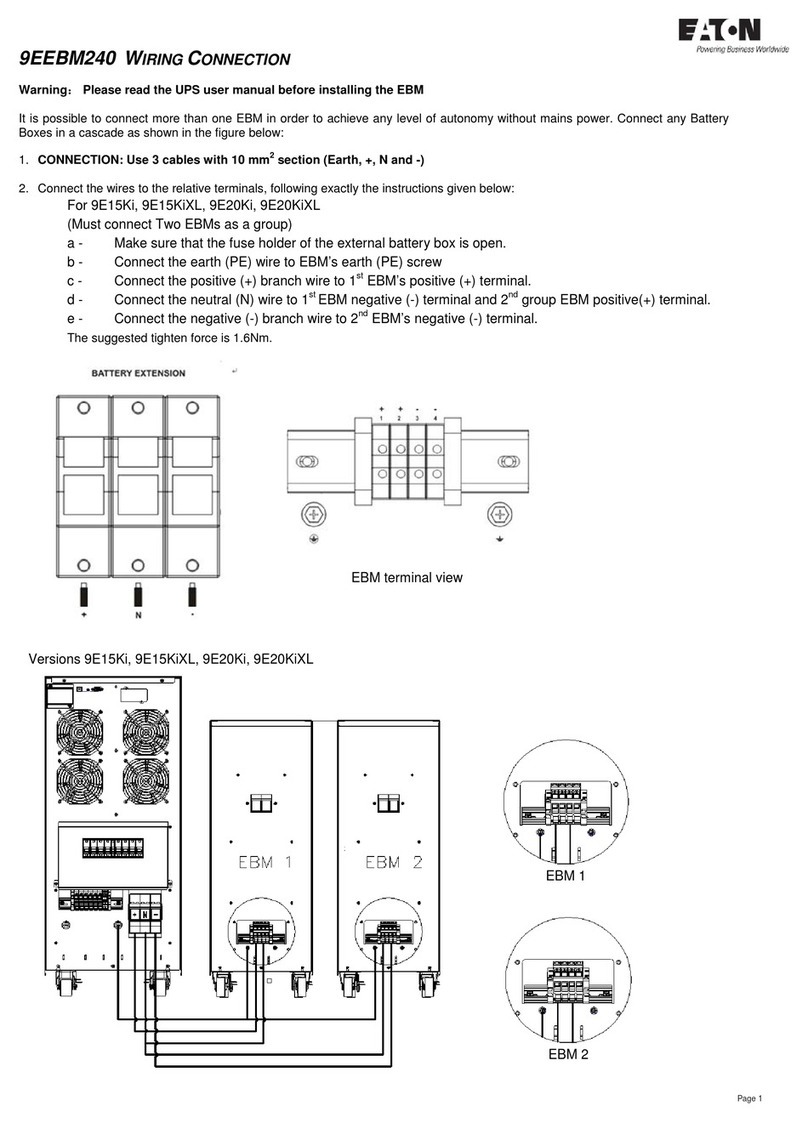
4.5 Unpack and unload the UPS. . . . . . . . . . . . . . . . . . . . . . . . . . . . . . . . . . . . . . . . . . . . . . . . . . .38
5 UPS system installation . . . . . . . . . . . . . . . . . . . . . . . . . . . . . . . . . . . . . . . . . . . . . . . . . . . . . . . . . .41
5.1 Introduction to UPS system installation . . . . . . . . . . . . . . . . . . . . . . . . . . . . . . . . . . . . . . . . . . .41
5.2 Steps to install the UPS . . . . . . . . . . . . . . . . . . . . . . . . . . . . . . . . . . . . . . . . . . . . . . . . . . . . . .41
5.3 91PS/93PS 8-10 kW UPS Single feed installation. . . . . . . . . . . . . . . . . . . . . . . . . . . . . . . . . . . .44
5.4 91PS input system field configuration . . . . . . . . . . . . . . . . . . . . . . . . . . . . . . . . . . . . . . . . . . . .44
5.5 Battery system installation . . . . . . . . . . . . . . . . . . . . . . . . . . . . . . . . . . . . . . . . . . . . . . . . . . . .46
5.5.1 Battery trip wiring . . . . . . . . . . . . . . . . . . . . . . . . . . . . . . . . . . . . . . . . . . . . . . . . . . . . .47
5.6 Installing additional batteries and battery power cabling . . . . . . . . . . . . . . . . . . . . . . . . . . . . . . .47
5.7 Installing a remote EPO switch . . . . . . . . . . . . . . . . . . . . . . . . . . . . . . . . . . . . . . . . . . . . . . . . .48
5.8 Installing interface connections . . . . . . . . . . . . . . . . . . . . . . . . . . . . . . . . . . . . . . . . . . . . . . . . .49
5.8.1 Installing customer input signals interface. . . . . . . . . . . . . . . . . . . . . . . . . . . . . . . . . . . .49
5.8.2 Battery breaker wiring interface . . . . . . . . . . . . . . . . . . . . . . . . . . . . . . . . . . . . . . . . . . .50
5.8.3 Relay output interface connections . . . . . . . . . . . . . . . . . . . . . . . . . . . . . . . . . . . . . . . .50
5.8.4 Industrial Relay Card interface connections . . . . . . . . . . . . . . . . . . . . . . . . . . . . . . . . . .50
5.8.5 Minislot interface connections . . . . . . . . . . . . . . . . . . . . . . . . . . . . . . . . . . . . . . . . . . . .51
5.8.6 Installing signal interface connections in a parallel system . . . . . . . . . . . . . . . . . . . . . . . .51
5.9 Wiring parallel 91PS/93PS UPS systems. . . . . . . . . . . . . . . . . . . . . . . . . . . . . . . . . . . . . . . . . .51
5.9.1 Power wiring overview . . . . . . . . . . . . . . . . . . . . . . . . . . . . . . . . . . . . . . . . . . . . . . . . .52
5.9.2 Control signals overview . . . . . . . . . . . . . . . . . . . . . . . . . . . . . . . . . . . . . . . . . . . . . . . .53
5.9.3 Installing bypass control wiring . . . . . . . . . . . . . . . . . . . . . . . . . . . . . . . . . . . . . . . . . . .54
5.10 UPS system interface wiring preparation . . . . . . . . . . . . . . . . . . . . . . . . . . . . . . . . . . . . . . . . . .55
6 Communication interfaces . . . . . . . . . . . . . . . . . . . . . . . . . . . . . . . . . . . . . . . . . . . . . . . . . . . . . . . .57
6.1 Introduction to communication interfaces . . . . . . . . . . . . . . . . . . . . . . . . . . . . . . . . . . . . . . . . . .57
6.2 MiniSlot cards . . . . . . . . . . . . . . . . . . . . . . . . . . . . . . . . . . . . . . . . . . . . . . . . . . . . . . . . . . . . .58
6.3 Intelligent Power Software . . . . . . . . . . . . . . . . . . . . . . . . . . . . . . . . . . . . . . . . . . . . . . . . . . . .59
6.4 Signal input monitoring. . . . . . . . . . . . . . . . . . . . . . . . . . . . . . . . . . . . . . . . . . . . . . . . . . . . . . .60
6.5 General purpose relay contact . . . . . . . . . . . . . . . . . . . . . . . . . . . . . . . . . . . . . . . . . . . . . . . . .60
6.6 Configuring relays . . . . . . . . . . . . . . . . . . . . . . . . . . . . . . . . . . . . . . . . . . . . . . . . . . . . . . . . . .60
7 UPS operating instructions . . . . . . . . . . . . . . . . . . . . . . . . . . . . . . . . . . . . . . . . . . . . . . . . . . . . . . . .64
7.1 Introduction to UPS operating instructions . . . . . . . . . . . . . . . . . . . . . . . . . . . . . . . . . . . . . . . . .64
7.2 UPS controls and indicators . . . . . . . . . . . . . . . . . . . . . . . . . . . . . . . . . . . . . . . . . . . . . . . . . . .64
7.2.1 Control panel . . . . . . . . . . . . . . . . . . . . . . . . . . . . . . . . . . . . . . . . . . . . . . . . . . . . . . . .64
7.2.2 Status indicators. . . . . . . . . . . . . . . . . . . . . . . . . . . . . . . . . . . . . . . . . . . . . . . . . . . . . .65
7.2.3 System events . . . . . . . . . . . . . . . . . . . . . . . . . . . . . . . . . . . . . . . . . . . . . . . . . . . . . . .65
7.2.4 Menu structure of the 91PS/93PS UPS . . . . . . . . . . . . . . . . . . . . . . . . . . . . . . . . . . . . .66
7.2.4.1 User settings . . . . . . . . . . . . . . . . . . . . . . . . . . . . . . . . . . . . . . . . . . . . . . . . . .67
7.3 Signing in . . . . . . . . . . . . . . . . . . . . . . . . . . . . . . . . . . . . . . . . . . . . . . . . . . . . . . . . . . . . . . . .68
7.4 System control instructions . . . . . . . . . . . . . . . . . . . . . . . . . . . . . . . . . . . . . . . . . . . . . . . . . . . .68
7.4.1 Starting the UPS system in the double conversion mode . . . . . . . . . . . . . . . . . . . . . . . . .68
7.4.2 Starting the UPS system in the bypass mode . . . . . . . . . . . . . . . . . . . . . . . . . . . . . . . . .69
7.4.3 Transferring from the double conversion mode to the bypass mode . . . . . . . . . . . . . . . . .69
7.4.4 Transferring from the bypass mode to the double conversion mode . . . . . . . . . . . . . . . . .70
7.4.5 Transferring from the double conversion mode to the Energy Saver System mode . . . . . .70
7.4.6 Transferring from the Energy Saver System mode to the double conversion mode . . . . . .70
EATON 91PS/93PS UPS USER’S AND INSTALLATION
GUIDE
P-164000672 -005 2023 www.eaton.eu 44
